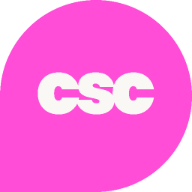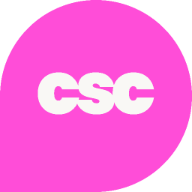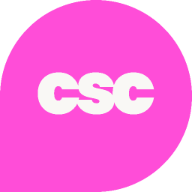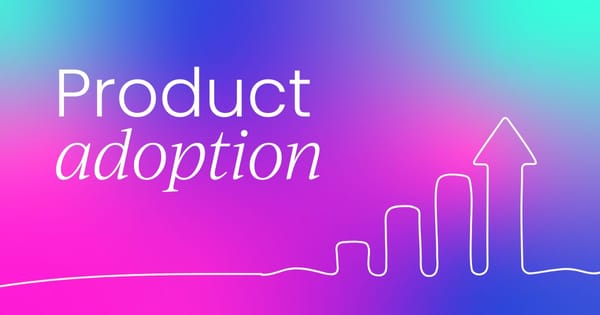Driving product adoption is a crucial goal for any customer success team. User onboarding is just the first step – ensuring they fully understand and regularly use your product is the real key to securing retention and growth.
The consequences of failing to drive sufficient product adoption are substantial. If adoption rates are low, and customers are left unengaged, you can be sure that cancellation and churn will naturally follow.
But as any customer success manager (CSM) will know, getting customers to move beyond initial usage and make using your product a daily habit requires strategy and persistence.
Product adoption and value realization
Before considering adoption strategies in detail, it's important to first take a look at the interconnected relationship between customer product adoption and value realization.
Without understanding the value of a product, adoption simply won't materialize – and vice versa. Without adoption, you’re not driving value for the customer, which really is the point behind customer success. But don’t just take our word for it, global CS experts champion this key observation too.
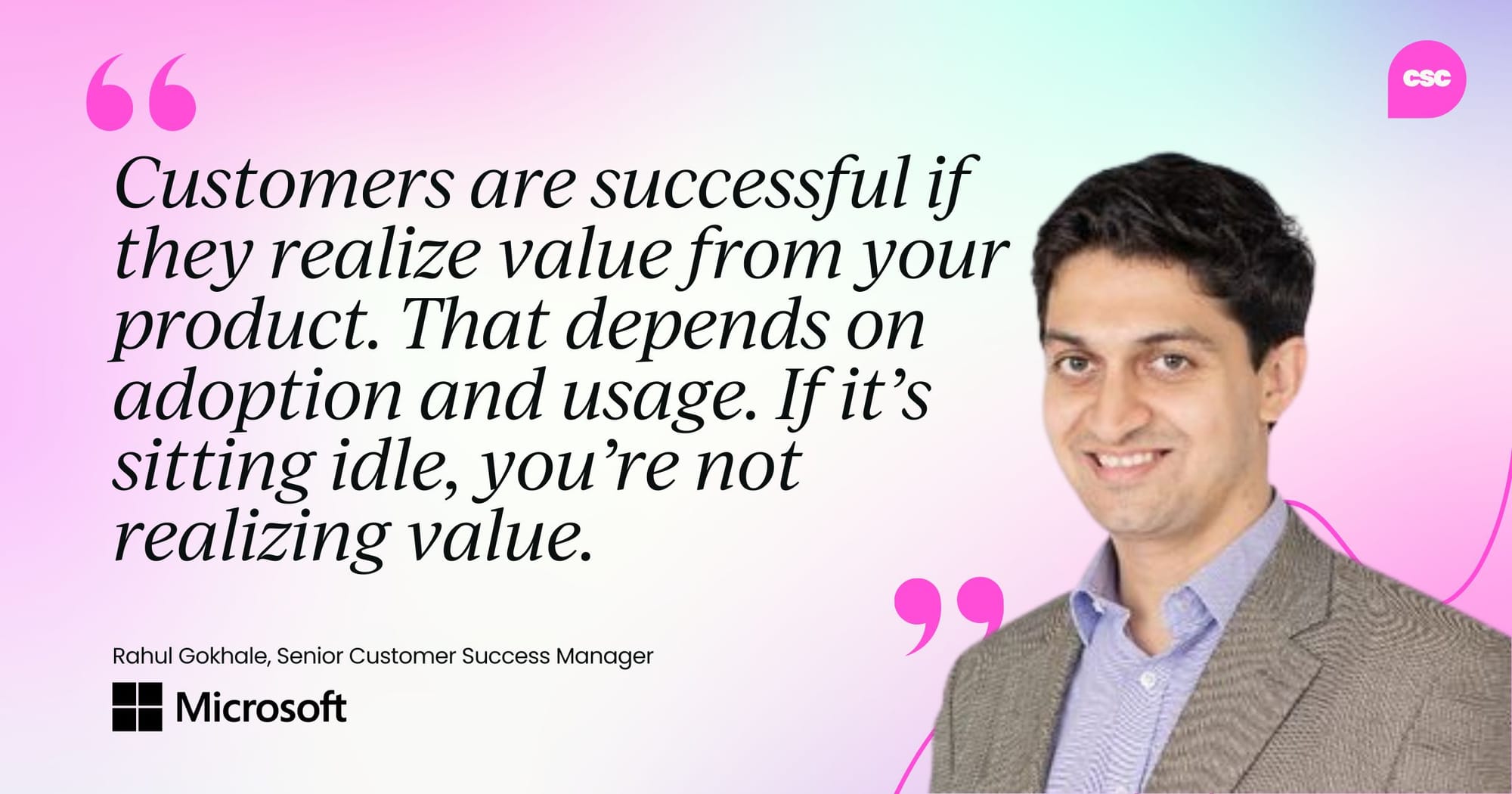
The difference between product adoption and user adoption?
Product adoption refers to the process of active users integrating and actively using a product or service into their workflows and daily routines. It focuses on encouraging adoption and continued usage of the product itself.
User adoption is a broader term that encompasses not just getting users to adopt the core product but driving the adoption of additional products, features, upgrades, etc. across the entire customer lifecycle. It's about maximizing the overall value customers derive from your products and services.
So while product adoption is a key part of user adoption, user adoption takes a more holistic view of driving adoption across multiple touchpoints beyond just the initial product implementation. The terms are related but have slightly different scopes.
Why is product adoption important?
Understanding the product adoption process and the different stages customers go through, from early adopters to the early majority, is crucial for maximizing conversion rates and improving overall product adoption.
Imagine buying a new, high-end cell phone. You’ve blitzed through the introductory tour, but something’s not quite clicking. You might’ve set it up just fine, but after the first day or so your usage is pretty minimal. Sure, you’re using it to take the odd photo, speak with your family, or send your buddies cash over Venmo, but you’re just not getting the most out of it.
There could be a ton of cool features completely unknown to you. The reason being? You aren’t aware of them because you haven’t been shown the best ways to use the phone.
The scenario we described above crops up all the time in the world of SaaS. In fact, the stakes are even higher with a subscription-model business. With a subscription, the customer is able to cancel at any point, putting them firmly in the driver's seat. If your customers aren't adequately using your product and/or service, then you open them up to leaving your customer base and defeating any chance of upsells or renewals.
This power shift is articulated perfectly by Jason Noble, VP of Global Customer Success at Vinli, Inc.:
“Over the last decade or so we’ve seen a real big shift back to the ‘age of the customer’. We’re really seeing the power go back into the hands of customers. Customers are no longer tied to us with long-term contracts or heavy upfront investments.
Instead, they're often on subscription-type models when they have the option to upgrade or simplify their package as they see fit. This risk of no engagement has moved from the customer to the supplier.
To minimize this risk, we've got to really focus on value and make sure that we're delivering what the customers want. More importantly, what do the customers need? I think across all industries, we’re seeing organizations have to embrace business models where customer retention suffers because it's easy for a customer to churn.”
We’re firm believers that product adoption isn’t the responsibility of customer success. Instead, it should be a company-wide initiative to increase customer lifetime value (CLV). Product adoption is a concern throughout the customer base and isn’t specific to new users. You might have customers who’ve been with you for years, but due to a product update, their adoption rate has dwindled.
Ultimately, if a customer isn’t getting on with your product, the actual product itself might have to be redesigned. But the only way to know how is through customer interaction and analysis. This is when customer success comes into play.
How do you measure product adoption?
Before you get into strategies, you want to identify the number of customers who’ve adopted your product. To do this, you can calculate the product adoption rate with two crucial bits of information.
- New engaged users: The number of users who have signed up and completed various key actions in a set period
- New signups: The number of people who have recently subscribed to a product in a set period.
With these two figures, you can divide the newly engaged users by the total new signups. Hey presto, you have your product adoption rate and can be integrated into your KPIs. Other ways you can track the success of adoption is by looking at the frequency of use, what aspects of your product are being used, and how many sessions are being spent.
How to increase product adoption rates
Once you’re able to measure how many people have adopted your product, you can now look for ways to improve your adoption rate.
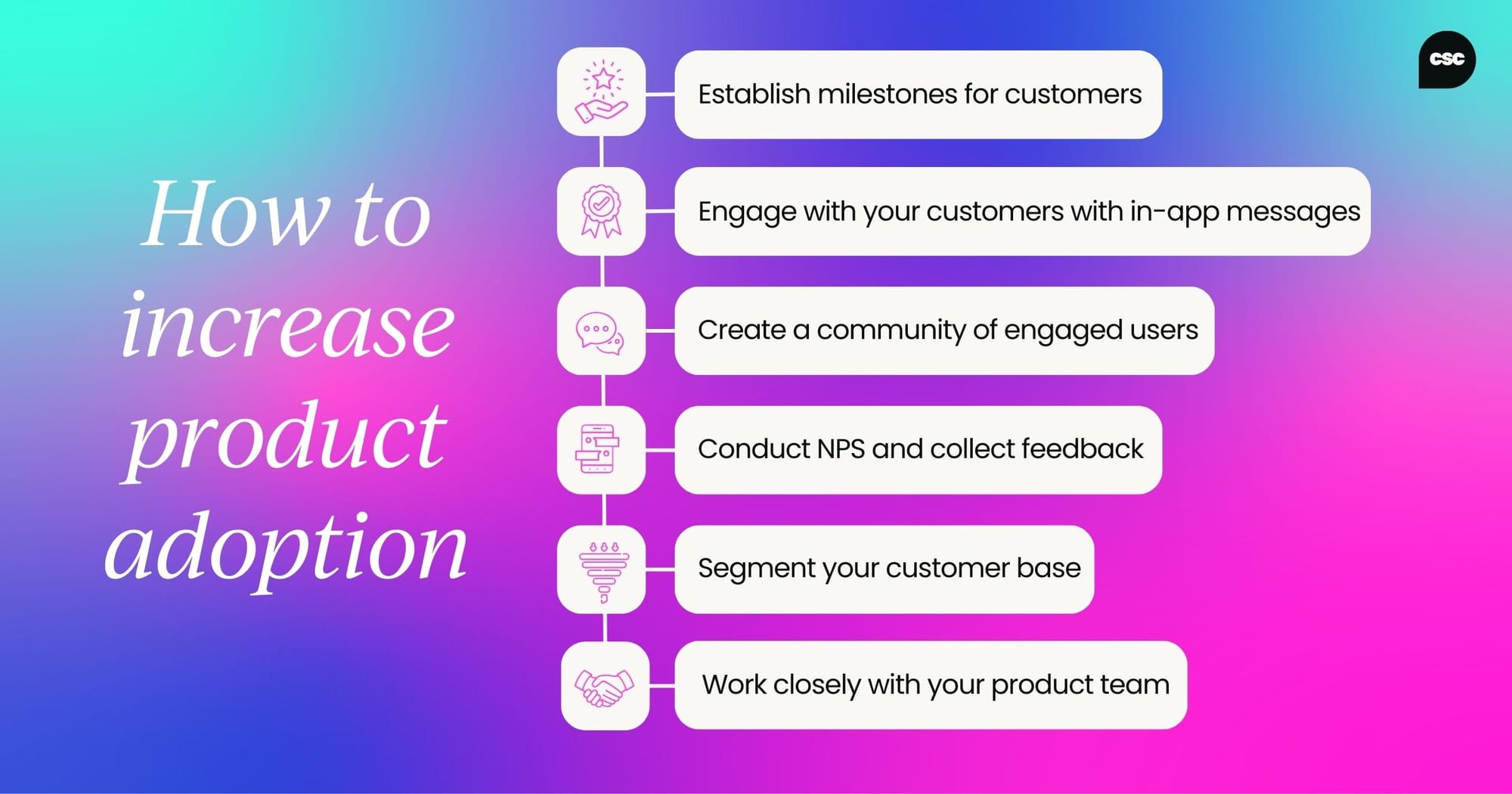
1. Establish milestones for your customers
If your customers aren’t properly engaging with your product, you might find there has been something lost in translation. For the sake of clarity and cohesion, the customer should know how they’ll benefit from your product during the onboarding process.
For Michelle Wideman, Chief Customer Officer at Silverfort, "Having the ability to track and trigger usage metrics by milestones or timelines is a huge way to be more proactive with customers and ensure product adoption."
Establishing individual milestones is an important precaution for managing customer expectations and ensuring customers aren't being left in the lurch. Each milestone breaks down the overall product goal into bite-sized portions and makes the overall goal less daunting and more comprehensive.
For Bryant McCombs, Manager of Customer Success at MongoDB, it’s important to set up actionable next steps, which will give you an opportunity to validate your customer's interest in certain features and functionalities to provide momentum for follow-up discussions.
Setting personal milestones for your customers to work towards is much like having a personal trainer in a gym, says Shari Srebnick, Principle Analyst at Forrester:
"You’re there to remind them that it’s a long game, and they’re not going to reach their goals all at once. You’re there to praise them for each milestone they clear every step of the journey. It’s that sense of accomplishment, as the end goal becomes clearer, that's going to motivate the customer to continue on this journey with you.”
A good personal trainer won’t leave you to your own devices from day dot. They ask you what your overall goals are and break them down into manageable steps, all the while supporting you and celebrating each individual success along the way.
Ultimately, user confidence is salient for driving adoption.

2. Engage with your customers with in-app messages
If a user doesn’t feel all too comfortable using your product, it can be helpful to give them a little nudge in the right direction. According to Product Marketing Alliance, products that use in-app messages see a three-time boost in engagement and a four-time increase in conversions.
Did you know that, in line with recent research, in-app messages are eight times more effective at engaging users than push notifications and can boost retention rates by upwards of 300%? We thought that might get your attention.
Also known as in-product messaging, in-app messaging is used by companies to communicate directly with their customers via their company website or mobile app. Companies incorporate messaging into their website and app in such a way that it’s difficult for the user to miss, therefore improving user engagement.
In-app messages are fundamental for users who may be using the platform for the first time and highlight features they can use to get the most out of their experience.
Even beyond the onboarding process, in-app messages can help your customers stay up to date with any important changes and updates in the product. These can be announcements of amazing new features, important bug fixes, improvements, or even announcements of some big upcoming change.
3. Create a community of engaged users
In-app messaging is a brilliant method of reaching your customers, but it’s not the only way to make them aware of product features.
One of the best things about creating a good product is witnessing its reception amongst your users.
Online, digital communities are insightful spaces that not only help your customers learn best practices from each other but offer invaluable feedback based on their interactions. According to a study conducted by Vanilla:
- An online community for your customers can help your organization improve engagement by up to 21%
- 66% of branded communities say that the community has had an impact on customer retention
- 90% of communities say that suggestions from the community have been used to improve products or services
To draw on the words of Helen Keller: “Alone, we can do so little; together, we can do so much.”
An engaged community of users is a powerful thing and taps into the confidence that Shari Srebnick referred to earlier. In our opinion, sharing messages of empowerment and success stories is the ultimate organic case study you could ask for.

4. Conduct NPS and collect feedback
Net Promoter Score (NPS) are types of surveys used to gather user feedback and measure how likely your customers will recommend your products and/or services to others.
Implement various types of surveys like Net Promoter Score (NPS), Customer Experience Score (CES) or any other to learn about user feelings and thoughts about the product. Don’t forget to follow up based on responses – it can help you and your customer success team improve many things.
If there were some nice responses, why not try and build a relationship, or ask for a recommendation to include in your case studies? Prompting people to ask how they’re finding your product is one of the best ways to get them to reflect and use it.

5. Segment your customer base
It’s important to remember that not everyone reacts in the same way. Some customers may take to your product like a duck to water, but others may need a little more guidance.
Segmenting your customers ensures every bit of information they receive from you is relevant. By finding out individual customer characteristics, you can tailor your company’s in-app messaging, milestones and general needs to each individual.
This allows you to tailor your approach to specific groups, such as early adopters or the early majority, ensuring a more effective product adoption process for each segment.
The whole purpose of customer segmentation is to better target and cater to your customers. Let's suppose you notice a significant portion of your users are abandoning a particular workflow or feature due to usability issues. In that case, the solution is to address each customer appropriately and give them the type of experience that they need. Once you start addressing your customers properly, you'll find their interactions with your product will be a lot more authentic.

6. Work closely with your product team
Driving higher product adoption requires close collaboration between customer success teams and product teams. These two groups play pivotal roles in ensuring users embrace and fully utilize the product.
Customer success teams are on the front lines, directly interacting with customers and gaining valuable insights into their pain points, needs, and usage patterns. By actively listening to customer feedback and analyzing adoption data, customer success teams can identify areas where customers may be struggling or where features are underutilized.
This customer-centric perspective is invaluable for product teams. By aligning efforts and regularly sharing customer feedback with product teams, product managers and developers can prioritize improvements and enhancements that directly address user friction points and optimize the overall user experience.
For example, suppose customer success teams notice that a significant portion of users are abandoning a particular workflow or feature due to usability issues. In that case, they can relay this feedback to product teams. Product teams can then investigate the root cause, whether it's confusing UI design, lack of guidance, or missing functionality, and work on improving that aspect of the product.

When you incorporate customer-driven feedback into your roadmaps and development cycles, your colleagues in product can iteratively enhance the product, streamlining user flows, simplifying complex processes, and introducing features that better meet customer needs.
As the user experience improves and the product becomes more intuitive and valuable for customers, the product adoption curve naturally becomes smoother. Customers are more likely to progress from initial awareness and interest to active usage and advocacy, as the barriers to adoption are reduced and the value proposition becomes clearer.
According to Kimberly Ayala, Director of Customer Success (North & South America) at Akeneo:
"Building bridges with your product team doesn’t just help your customers, it transforms their experience and prevents blockages with customer progression. Your customers get to share feedback with the people in charge of making changes happen. They get to take part in beta tests, try new features, and potentially influence product roadmaps."
Ultimately, this close collaboration between customer success and product teams creates a virtuous cycle, where customer insights drive product improvements, leading to higher product adoption, customer satisfaction, and loyalty.
Did you enjoy this article?
If you’re looking for more resources on customer engagement and product adoption, then check out our CSC membership plans to uncover a wealth of world-class resources – all at the tips of your fingers.



 Follow us on LinkedIn
Follow us on LinkedIn